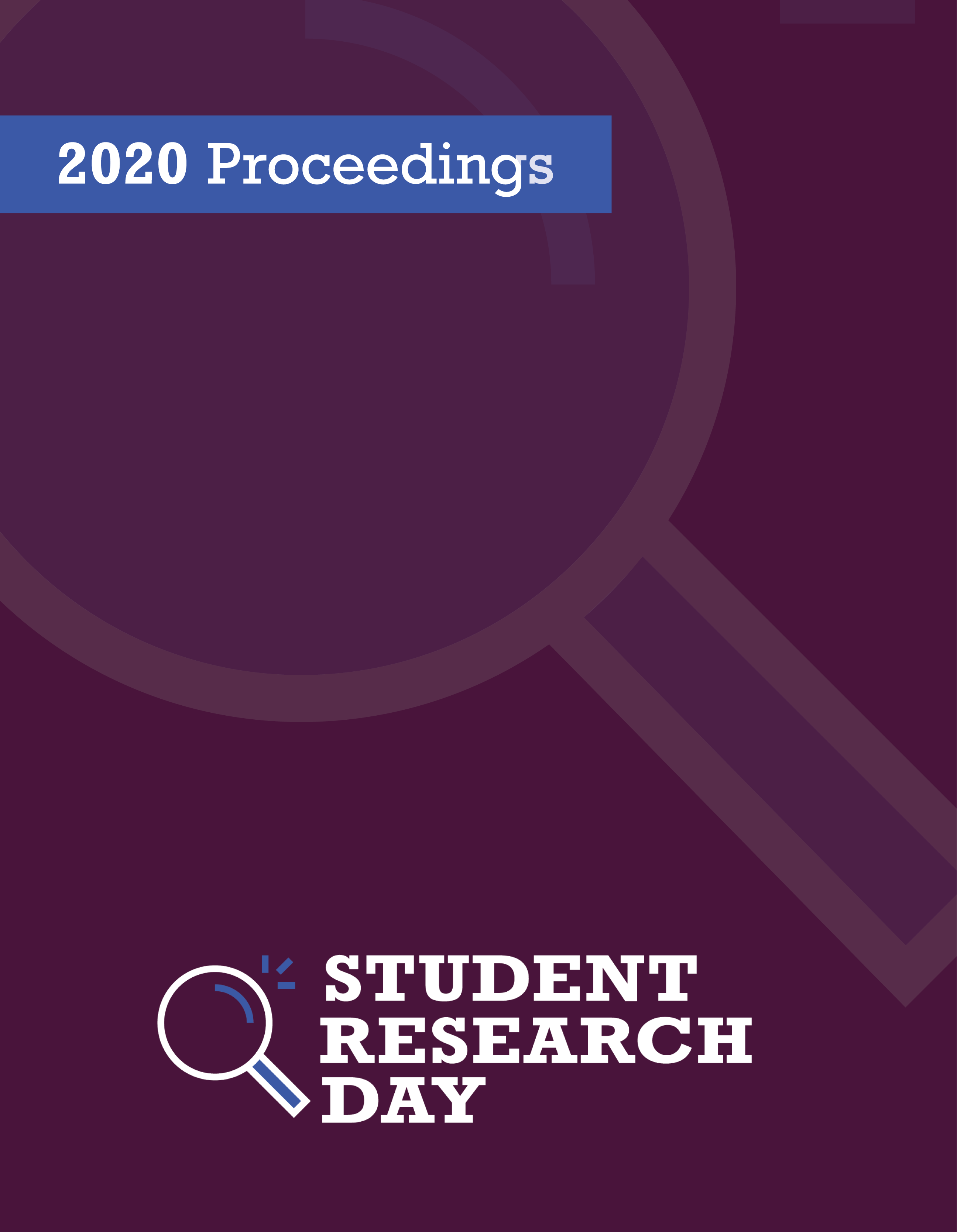The Osteological Paradox
Absence of Evidence is not Evidence of Absence
Abstract
During the summer 2019 field season, ten human skeletons were excavated from the ongoing project (PAH-178) at the Hospital Hill Royal Navy Cemetery that was operational between the years of 1793-1822 on the island of Antigua, near English Harbour. As a student of Dr. Treena Swanston, a professor of MacEwan University, and one of the researchers invested in the project, I was hired as a research assistant and excavating archaeologist to assist with analyzing the skeletal remains excavated from a burial site associated with the Royal Navy Hospital for evidence of pathological changes. In studying disease on skeletal remains, paleopathologists look for evidence of skeletal changes or lesions associated with pathological conditions. In order for skeletal changes to occur, an individual must live with a disease or illness for an extended period of time, meaning those who succumb quickly will typically not show any skeletal evidence of bony changes or pathologies. This is known as the osteological paradox. However, we did not find any evidence of pathological changes at site PAH-178 during the 2019 field season.
Presented in absentia on April 27, 2020 at "Student Research Day" at MacEwan University in Edmonton, Alberta. (Conference cancelled)
Faculty Mentor: Treena Swanston
Department: Anthropology
Downloads
Published
Issue
Section
License
Authors retain any and all existing copyright to works contributed to these proceedings.



